I was gifted some time ago with a link to a video entitled Bizarre Secret Files Released on Lost Ancient Human Civilizations… with the admonition: “It talks about MU being part of CIA declassified documents.”
The video opens a lot of different avenues to create new conspiracy theories from the document as well as bashing scientists as essentially clueless buffoons, tools of the Illuminati or the Bilderbergers or George Soros. Supposedly the document was originally 200+ pages long and sanitized to 57 pages, therefore allowing over 150 pages of conjecture into what the government is hiding from us. Fair warning, you will never get the 39 minutes back after watching it.
The document in question is actually on the CIA website as a sanitized declassified document. The pdf can be downloaded from here.
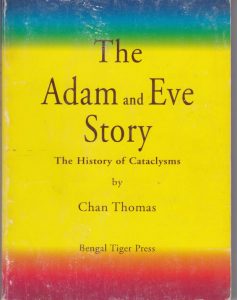
Actually, the complete ‘document’ is a published book entitled, “The Adam And Eve Story: The History Of Cataclysms” by Chan Thomas. Of course, we will never know why most of the pages were sanitized; maybe someone scribbled sensitive information in the margins or some of his information was too sensitive for the public. The part about Mu was not among the sensitive data sanitized, so James Churchward’s theories must not be harmful to national security.
You can do a quick web search and find that the entire original book is available for purchase from multiple sources. I would first suggest visiting archive.org and looking at the resources there for a complete (and free) copy.

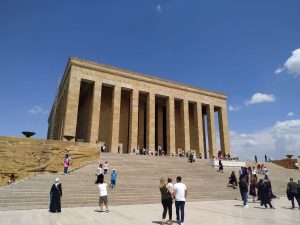
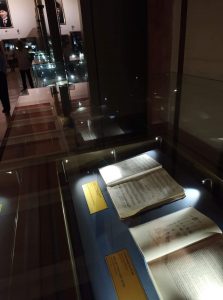
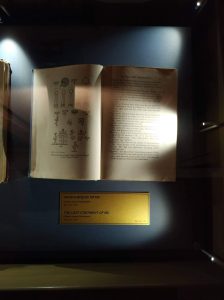

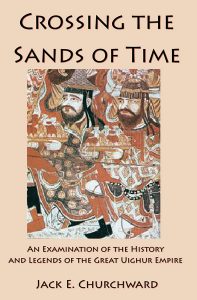

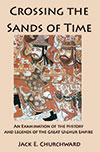
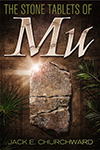
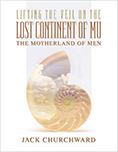



 RSS - Posts
RSS - Posts